New Materials in Textile Innovation
DOI: 10.23977/jmpd.2023.070106 | Downloads: 84 | Views: 2590
Author(s)
Yang Wang 1
Affiliation(s)
1 Beijing Institute of Fashion Technology, Beijing 100029, China
Corresponding Author
Yang WangABSTRACT
With the development and successful application of each new material, it will lead to a significant progress in the field of textile product design. In order to solve the shortcomings of traditional materials in textile design, based on the discussion of the relationship between new textile materials, new elastic raw materials PTT and PET, and the selection of new materials and product design, this paper briefly discusses the fabric performance test indicators and new material textile design equipment, and uses PTT two-component filament, PTT cotton, PET viscose blended yarn as raw materials to construct the innovative design scheme of new materials in textiles. The properties of knitted products after repeated stretching were compared through experiments. The experimental data show that the average change rate of the product with composite PTT/PET bicomponent composite yarn as the ground yarn after multiple drawing is only 34% it is obviously lower than nylon and spandex wrapped yarn products. Therefore, it is verified that the new materials proposed in this paper have certain advantages in innovative textile design.
KEYWORDS
PTT and PET, New Materials, Textile Products, Design MaterialsCITE THIS PAPER
Yang Wang, New Materials in Textile Innovation. Journal of Materials, Processing and Design (2023) Vol. 7: 32-40. DOI: http://dx.doi.org/10.23977/jmpd.2023.070106.
REFERENCES
[1] Uysal R, Stubbs J B. A New Method of Printing Multi-Material Textiles by Fused Deposition Modelling (FDM). Tekstilec, 2019, 4(2019):248-257.
[2] Petro Chemical, News, Group. Mitsubishi Licenses Patent to Toray for Biomass-Based PET and PTT. Petro Chemical News, 2018, 56(12):2-2.
[3] Souissi M, Khiari R, Abdelwaheb M, et al. Kinetics study of dyeing bicomponent polyester textiles (PET/PTT) using environmentally friendly carriers. RSC Adv. 2022, 12(4):2361-2374.
[4] K Kamiński, Jarosz M, J Grudzień, et al. Hydrogel bacterial cellulose: a path to improved materials for new eco-friendly textiles. Cellulose, 2020, 27(9):5353-5365.
[5] Grigoryev S V. New sources of agriculturally valuable traits in hemp from the VIR collection for cultivar development. PROCEEDINGS ON APPLIED BOTANY GENETICS AND BREEDING, 2018, 179(4):50-57.
[6] Sujka W, Draczynski Z, Rutkowski J, et al. Comparison of Impact Resistance on a Knitted Prosthesis Based on Polypropylene and Acrylic Cements Based on Poly(methyl methacrylate). Fibres & textiles in Eastern Europe, 2019, 27(6):67-74.
[7] Kazani I, De Mey G, Hertleer C, et al. Influence of Screen Printed Layers on the Thermal Conductivity of Textile Fabrics. Fibres and Textiles in Eastern Europe, 2018, 26(5):70-74.
[8] Tarafder N. Applications of wear able electronics as smart clothing. Man-Made Textiles in India, 2018, 46(5):155-162.
[9] Tansaz S, Baronetto A, Zhang R, et al. Printing Wearable Devices in 2D and 3D: An Overview on Mechanical and Electronic Digital Co-design. IEEE Pervasive Computing, 2019, (99):1-13.
[10] Chaudhuri C. Recycling– an Approach towards Sustainability. International Journal for Modern Trends in Science and Technology, 2020, 06(9S):169-174.
[11] Devi O R. New Sustainable Fibres and their application in Textiles: A Review. International Journal for Modern Trends in Science and Technology, 2020, 06(9S):136-141.
[12] Savage N. How to fit clothing into the circular economy. Nature, 2022, 611(7936):S20-S21.
[13] Bier N, Elik I T, Kariper I A. A critical review: Electromagnetic shielding for pyrrole used textile materials:. Journal of Industrial Textiles, 2022, 51(1_suppl):36S-64S.
[14] Piribauer B, Jenull-Halver U, Quartinello F, et al. TEX2MAT – NEXT LEVEL TEXTILE RECYCLING WITH BIOCATALYSTS. Detritus, 2020(13):78-86.
[15] Greer J R, Deshpande V S, Greer J R , et al. Three-dimensional architected materials and structures: Design, fabrication, and mechanical behavior. MRS Bulletin, 2019, 44(10):750-757.
[16] Caldwell G S, Bridgens B, Armstrong R, et al. Photosynthetic textile biocomposites: Using laboratory testing and digital fabrication to develop flexible living building materials. Science and Engineering of Composite Materials, 2021, 28(1):223-236.
[17] Leader G M, Paola P D, Mina L, et al. Threads of Evidence: Polarized Light Microscopy for Funerary Textile Identification from an Eighteenth and Nineteenth Century Philadelphia Burial Ground. International Journal of Historical Archaeology, 2021, 26(4):951-973.
[18] Choudhry N A, Rasheed A, Ahmad S, et al. Design, Development and Characterization of Textile Stitch-Based Piezoresistive Sensors for Wearable Monitoring. IEEE Sensors Journal, 2020, 20(18):10485-10494.
| Downloads: | 4140 |
|---|---|
| Visits: | 263156 |
Sponsors, Associates, and Links
-
Forging and Forming

-
Composites and Nano Engineering
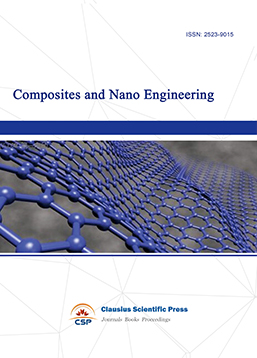
-
Metallic foams
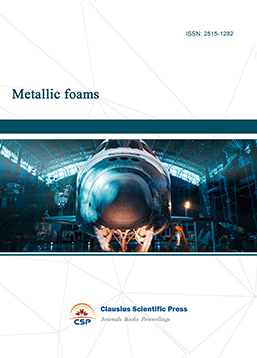
-
Smart Structures, Materials and Systems

-
Chemistry and Physics of Polymers
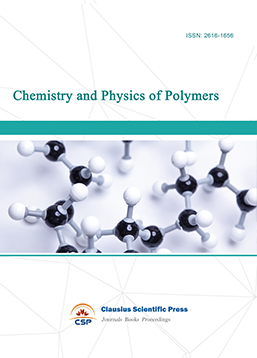
-
Analytical Chemistry: A Journal
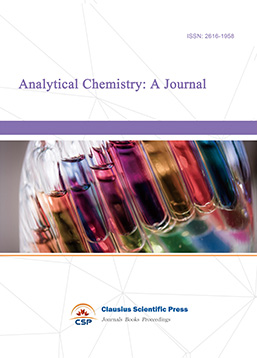
-
Modern Physical Chemistry Research
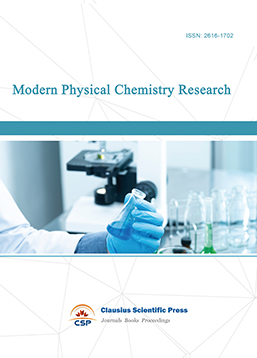
-
Inorganic Chemistry: A Journal

-
Organic Chemistry: A Journal
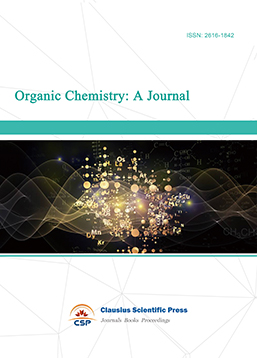
-
Progress in Materials Chemistry and Physics

-
Transactions on Industrial Catalysis
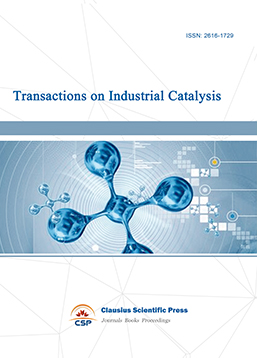
-
Fuels and Combustion

-
Casting, Welding and Solidification

-
Journal of Membrane Technology
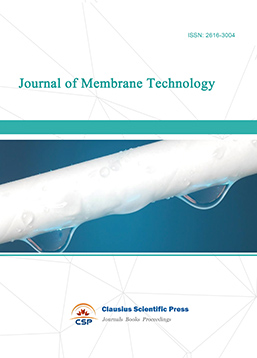
-
Journal of Heat Treatment and Surface Engineering
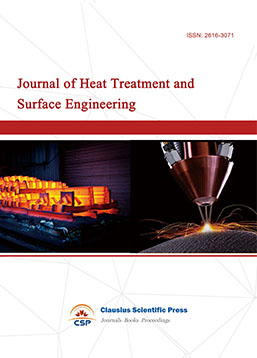
-
Trends in Biochemical Engineering

-
Ceramic and Glass Technology

-
Transactions on Metals and Alloys
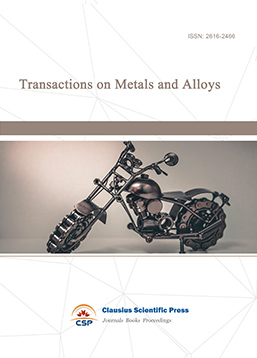
-
High Performance Structures and Materials
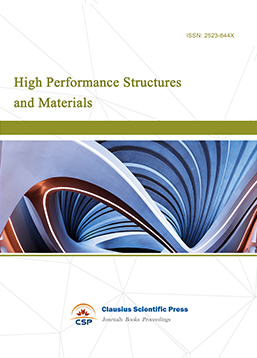
-
Rheology Letters

-
Plasticity Frontiers

-
Corrosion and Wear of Materials

-
Fluids, Heat and Mass Transfer

-
International Journal of Geochemistry
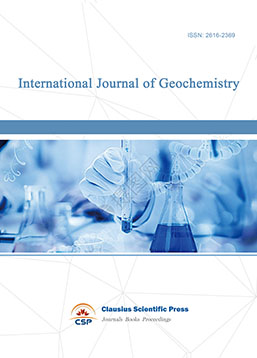
-
Diamond and Carbon Materials
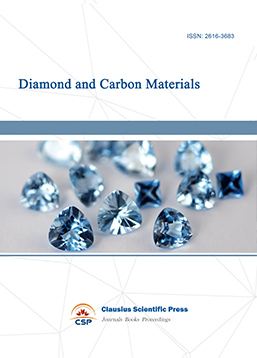
-
Advances in Magnetism and Magnetic Materials
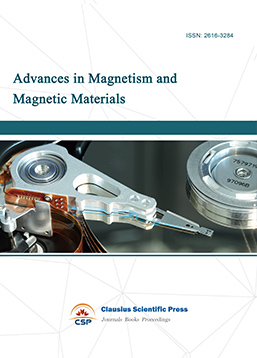
-
Advances in Fuel Cell

-
Journal of Biomaterials and Biomechanics
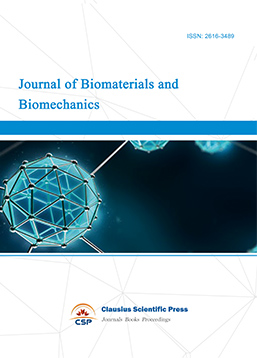

 Download as PDF
Download as PDF